Conducting Effective Building Health Assessment
- October 27, 2022
- Posted by: Velosi Author
- Categories: Civil, Engineering, Insights
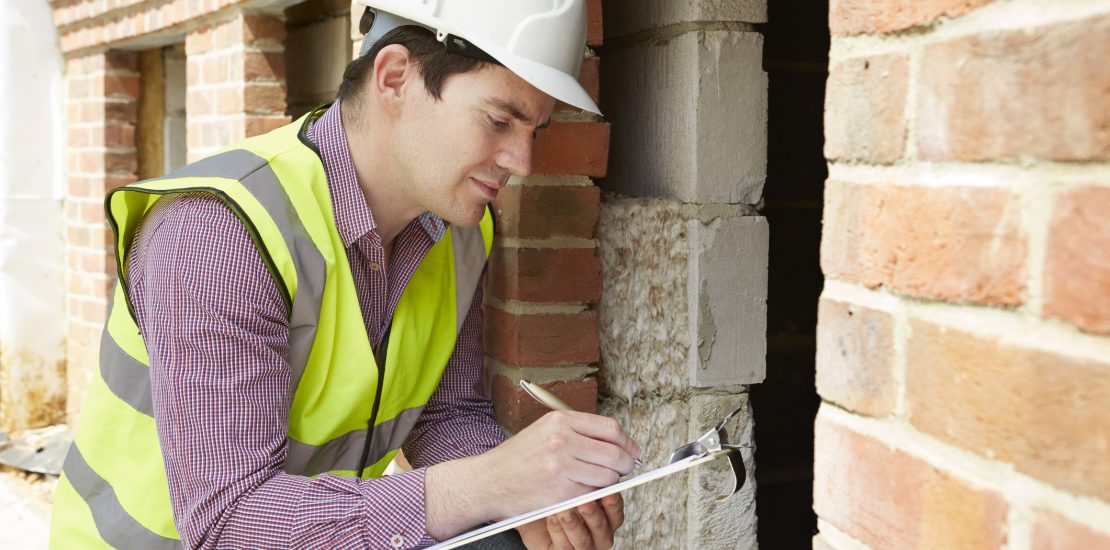
What is a Building Health Assessment?
A building health assessment is a process that a building undergoes to assess its condition, how they are functioning, and the most optimal way to proceed to keep them operating at its best. These assessments are commonly performed by a team of professionals who examine the building’s systems, components, and materials.
To be more precise, it is a non-invasive process that provides valuable information. The assessment will help identify any potential risks to the health and safety of occupants, as well as provide guidance for future maintenance needs. In order to have a complete thorough check the building shall go under deep inspection to rule out any structural defects that have the potential to damage the building/facility in the future.
Importance of a Building Health Assessment
A health assessment begins with an analysis of current conditions and practices in the facility, followed by the development of specific objectives for improvement. These objectives should be measurable, time-bound, and realistic. The next step is to develop strategies for implementing those objectives. Once implemented, it is important to assess whether your efforts have been successful in achieving your objectives following a documented report.
The following are important points to be included in building health assessment:
- A thorough inspection of the property exterior and interior, including crawl spaces and attics.
- Inspection for possible sources of moisture that could lead to problems with mold growth (e.g., leaky plumbing). Inspection for evidence of water damage (e.g., buckled flooring, peeling paint). Conducting assessment for any other damages in the structure.
- Inspection for cracks in exterior foundation walls/footings.
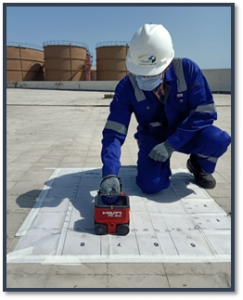
Figure 1 Ferro Scanning – Velosi Team
How to Verify Buildings Viability?
The most fundamental rule for verifying the viability of a building is structural integrity. This is the requirement for buildings to be able to maintain the integrity and stability of the frame and its components, which can be verified by examining their structure, design, and performance against load. A building’s viability can also be checked using inspections, as well as checking for flaws in its design or construction.
Whenever we talk about buildings or structural integrity, we come across the word “concrete”. Termed to be an ancient word now still has valuable importance at its peak. To check the structural integrity of a building/facility certain inspections are carried out. One at a time, the durability of a building’s concrete structure will have a massive impact on its structural integrity.
There are several ways to test the durability/consistency of concrete, one by using a simple visual inspection technique or core testing. Secondly, following the most advanced NDT techniques. With the latest technological developments, we have NDT which can be very useful in determining the strength of a structure without causing any damage to it. Moreover, Ultrasonic pulse velocity testing is one of the most popular methods of testing.
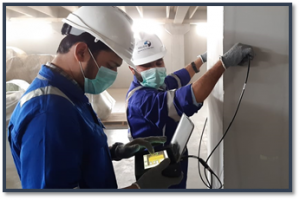
Figure 2 Ultrasonic Pulse Velocity Testing – Velosi Team
Velosi’s Structural Integrity Testing
We at Velosi Safety & Integrity Pakistan provide an extensive range of Civil Engineering and Inspection Services led by industry experts who are certified and experienced. We value your assets by providing you with the most efficient solution possible to enhance your asset’s overall productivity. Our services contribute to providing the best solutions for your organization with our most up-to-date equipment testing for structural integrity. Let your business flourish with Velosi’s extensive Civil Engineering and Inspection Services.
Our Latest Civil Inspection NDT Equipment Includes:
- Original Schmidt Hammer Type N (Digital) – ASTM C805
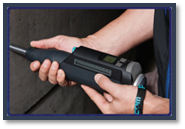
- Pundit PL 200 PE + UPV – ASTM C597

- Hilti PS 300 Ferro-Scanner – BS 1881:204 , ASTM C876
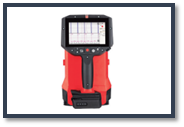
- Cut And Pull-Out (CAPO) – ASTM C900
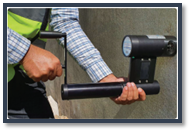
- Pile Integrity Test (PIT) – ASTM D5882
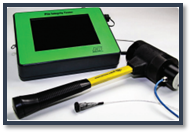
Please contact us for more information and assistance.



